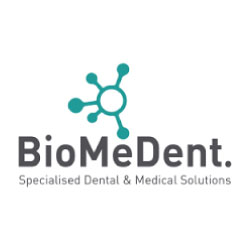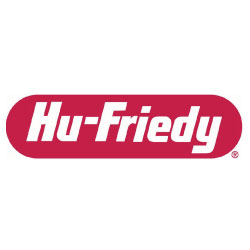Horizontal and Vertical Ridge Augmentation including Soft Tissue Grafts (SOLD OUT)
Aesthetic, implant, restorative benefits and limits. Hands-on Workshop, Park Hyatt Sydney
SOLD OUT - Email education@caredental.academy if you wish to sign up for our wait list.
Presenters
- Dr. Sascha A. Jovanovic, Periodontist & Implant Surgeon
- Dr. Christopher C.K. Ho, Prosthodontist & Implant Surgeon
Learning Objectives
- To understand the biological principles and clinical steps
- To choose the correct clinical protocol and understand its outcome
- To prevent and treat complications of GBR procedures
Hands-on Workshop
- Pigs jaw extractions
- Guided bone regeneration
- Use of tacks
- Advanced suturing techniques








For over 25 years Guided Bone Regeneration (GBR) has changed and innovated the surgical field of implant placement and allowed predictable bone regeneration for long term implant, prosthetic and aesthetic results. This course will cover the biological principles and the attention to detail needed in the 3 main GBR indications and the protocols used including bone grafts, membranes, tacking systems, growth factors, soft tissue grafts, biomaterials, tools and instruments and clinical steps.
Indications like narrow ridges (<4mm bone width) which cause implant dehiscences and fenestrations, and extraction sites with missing bone plates can be reliably treated with implants and a simultaneous layered auto/xeno bone graft technique and resorbable native Collagen membranes.
Knife-edge ridges (<4mm bone width) which make it impossible to place implants are significantly augmented with a staged GBR procedure using a mixture of auto/xenograft particulates and a resorbable membrane stabilized and stretched with titanium bone tacks.
The vertical deficient ridge (<10 mm bone height) limits safe implant placement and often demonstrates significant soft tissue deficiencies. This indication is mostly treated with a staged vertical GBR protocol which comprises of a auto/xenograft mix and a d-PTFE cytoplast titanium-reinforced membraned stabilized with bone screws.
Soft tissue deficiencies and gingival problems before or after GBR treatment are treated with mucogingival procedures using palatal soft tissue grafts and, if indicated, with biomaterials and growth factors.
Clinical complications of the above procedures can affect the outcome and aesthetics significantly and is treated with utmost attention.




